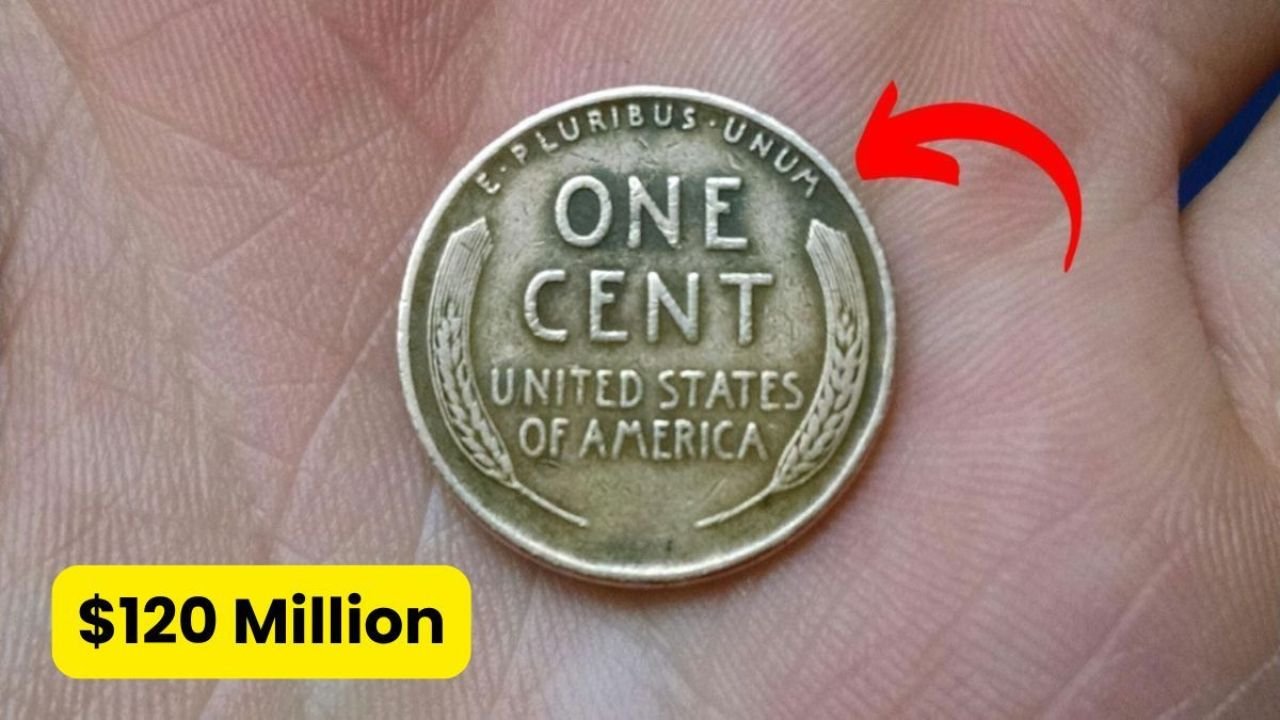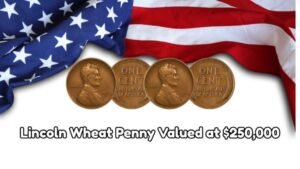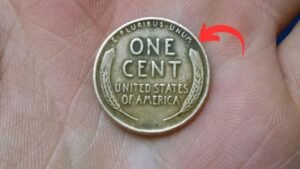In the vast world of coin collecting, few stories captivate enthusiasts like that of the 1943 Lincoln Wheat Penny, a coin that, under extraordinary circumstances, has been valued at an astonishing $120 million. This article delves into the history, rarity, and the factors contributing to the immense value of this coin, offering insights for both seasoned collectors and curious readers.
The Birth of the Lincoln Wheat Penny
Introduced in 1909 to commemorate the 100th anniversary of President Abraham Lincoln’s birth, the Lincoln Wheat Penny marked a significant departure from previous U.S. coin designs. Designed by Victor David Brenner, it was the first American coin to feature a real historical figure, replacing the traditional symbolic representations. The obverse showcased Lincoln’s profile, while the reverse displayed two wheat stalks, symbolizing prosperity.
The 1943 Copper Penny: A Wartime Anomaly
During World War II, copper became a critical material for military purposes. To conserve this resource, the U.S. Mint transitioned to producing pennies from zinc-coated steel in 1943. However, a few copper planchets (coin blanks) from 1942 were inadvertently left in the minting presses, resulting in a limited number of 1943 copper pennies being struck. These rare coins are now among the most sought-after in numismatic circles.
Factors Contributing to the $120 Million Valuation
Several elements combine to justify the staggering valuation of this coin:
- Rarity: Only a handful of 1943 copper pennies are known to exist, making them exceedingly rare.
- Historical Significance: As a product of wartime error, these coins represent a unique moment in U.S. history.
- Condition: Coins preserved in mint or near-mint condition significantly increase in value.
- Collector Demand: High demand among collectors and investors drives up the market value.
Identifying a Genuine 1943 Copper Penny
To determine the authenticity of a 1943 copper penny, consider the following:
- Magnet Test: Copper is non-magnetic. If the coin sticks to a magnet, it’s likely a steel penny.
- Weight: A copper penny weighs approximately 3.11 grams, whereas a steel penny weighs about 2.7 grams.
- Mint Mark: Look for a “D” mint mark below the date, indicating it was minted in Denver.
- Professional Authentication: Consult reputable grading services like PCGS or NGC for verification.
Other Valuable Lincoln Wheat Pennies
While the 1943 copper penny garners significant attention, other Lincoln Wheat Pennies also hold substantial value:
| Year | Mint Mark | Notable Feature | Estimated Value |
|---|---|---|---|
| 1909 | S VDB | Low mintage | Up to $50,000 |
| 1944 | Steel | Wartime error | $75,000–$125,000 |
| 1955 | None | Doubled die | Up to $114,000 |
Frequently Asked Questions
Q: Are all 1943 pennies valuable?
A: No, most 1943 pennies were made of steel and are common. Only the rare copper versions are highly valuable.
Q: How can I tell if my 1943 penny is copper?
A: Perform a magnet test; copper pennies won’t stick. Also, weigh the coin—copper pennies are heavier than steel ones.
Q: What should I do if I think I have a rare penny?
A: Avoid cleaning the coin and seek professional authentication from reputable grading services.
Conclusion
The tale of the 1943 Lincoln Wheat Penny serves as a compelling reminder of how historical events can inadvertently create treasures of immense value. For collectors and enthusiasts, it underscores the importance of attention to detail and the potential hidden within everyday objects. Whether you’re a seasoned numismatist or a curious novice, the world of coin collecting offers endless opportunities for discovery and appreciation.
Disclaimer: The information provided in this article is for educational purposes only. Coin values fluctuate based on market conditions, and professional authentication is essential before making any assumptions about a coin’s value.



